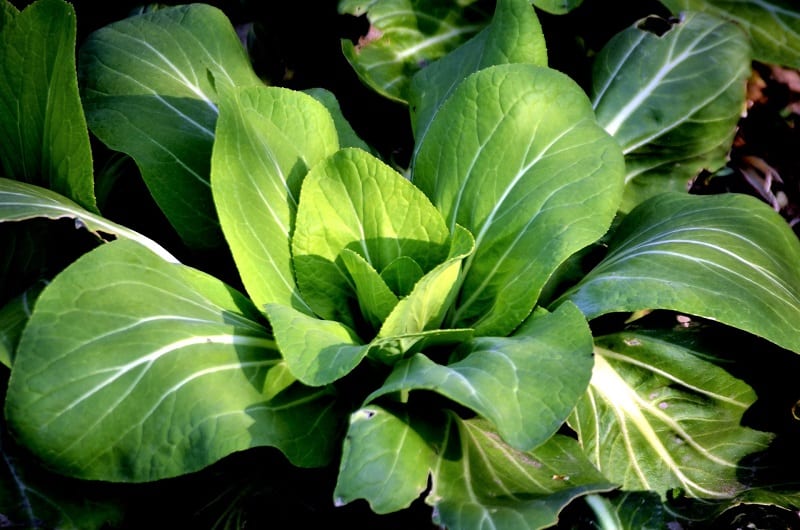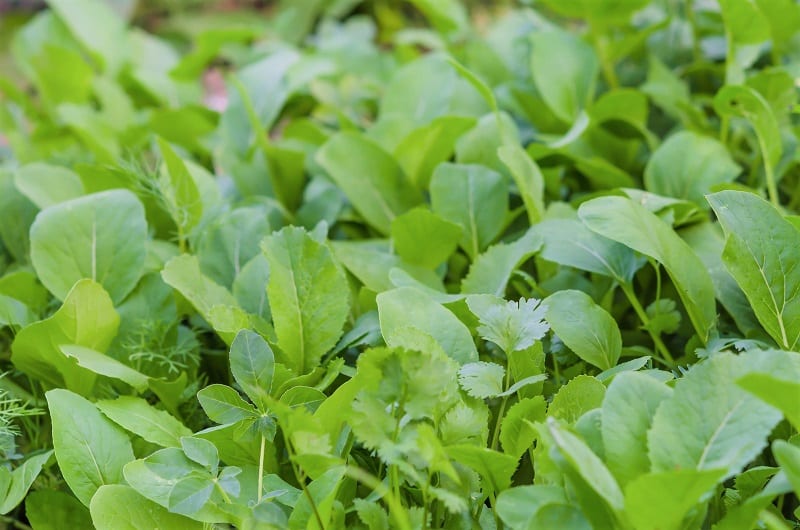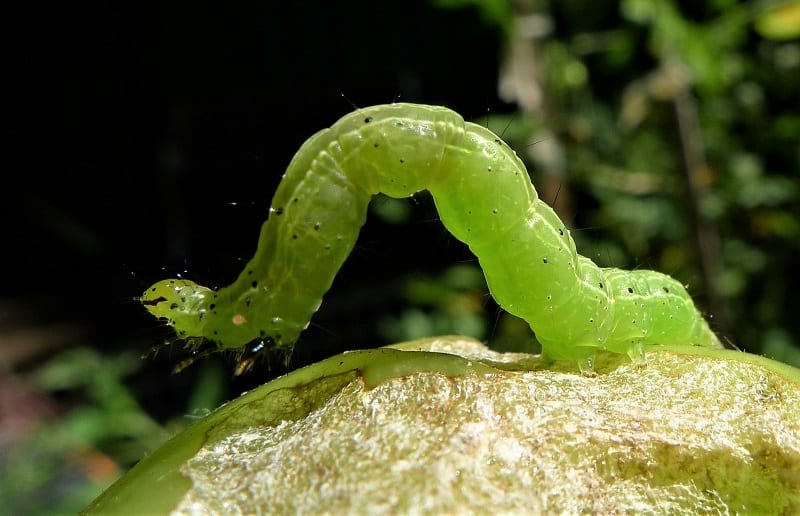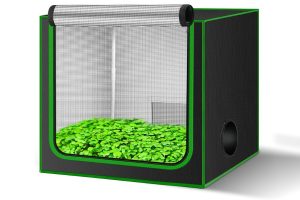There was a time when you’d only see them in a steaming bowl of Chinese noodle soup. Nowadays you are just as likely to see bok choy growing in backyard gardens.
Bok choy is a type of Chinese cabbage. Now considered a subspecies of Brassica rapa, this group was originally classified as its own species under the name Brassica chinensis by Carl Linnaeus.
The vegetable’s Chinese name, “pak choi,” literally means “white cabbage,” probably in reference to the plant’s blanched centers. Bok choy stalks are crisp, juicy, and delicious. The leaves are smooth and tender with a flavor akin to that of cabbage and chard.

Growing Bok Choy from Seed
Contents
You can grow bok choy from seed starting in late August. Bok choy will grow well through the winter until April, but will bolt quickly when summer begins. If you live in a hot tropical climate, you can grow the vegetable in fall, winter, and early spring.
Bok choy can handle full sun, but it grows best under partial shade. The vegetable needs about 3 to 5 hours of sunlight each day and requires well-draining soil rich with organic matter. The plant prefers a pH from 6.0 to 7.5.
Here’s how to grow bok choy from seeds in your backyard.
Planting Bok Choy
Work some compost or all-purpose fertilizer into the bed with a garden fork. The nutrients in the compost will give the seeds an early boost. Form rows about half-an-inch deep in the soil. Allow 10 inches of space between the rows.
Sow one seed every 2 to 3 inches along the length of each row. Cover the seeds with soil and – using a spray bottle – gently mist the bed with water. Keep the bed evenly moist until the seeds germinate.

Tending to Your Bok Choy Crop
Bok choy is quick to germinate. You can expect to see sprouts within four to eight days of sowing the seeds. Once the seedlings sprout, thin the bed so that the plants are 12 to 15 inches apart along each row. Keep the bed moist, watering every morning as the plants establish themselves.
Bok choy is not usually affected by the diseases we associate with brassica. But it will attract many pests, including cabbage loopers, cabbage worms, and flea beetles. You can protect your bok choy crop from these pests with a stand of row covers.
Be sure to handpick any slugs you find around your bok choy patch. You can summarily dispense with any offenders by dropping them into a jar of soapy water.

Harvesting Bok Choy
Bok choy grows fast and will take no more than two months to grow from seed to maturity. When they are ready for harvesting, slice the plants off about an inch above the ground. They will re-sprout. The plants will be smaller, but will be just as delicious.
You can stir fry tender young bok choy leaves or eat them raw in salads or sandwiches. You can also use bok choy as a substitute for cabbage and celery or toss it in soups and stews.








